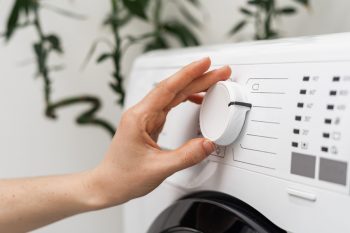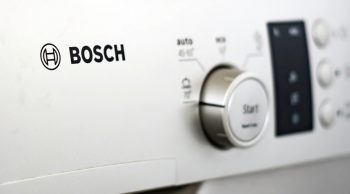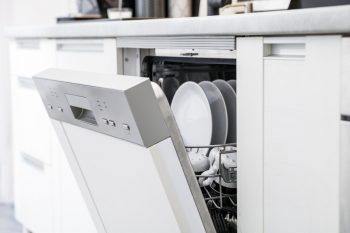
The vacuum cleaner, a common household appliance today, has a rich history that dates back to the early 20th century. Contrary to popular belief, the vacuum cleaner was not invented in 1920. Instead, it was a series of inventors and innovations that led to the development of the modern vacuum cleaner.
The vacuum cleaner was not invented in 1920. The first portable electric vacuum cleaner was invented by James Murray Spangler in 1907. However, in 1920, significant advancements were made to the vacuum cleaner, including the introduction of a disposable bag system by the Air-Way Sanitizer company.
A Brief History of the Vacuum Cleaner
The first portable electric vacuum cleaner was invented in 1907 by James Murray Spangler, an Ohio janitor. Spangler’s design included a rotating brush to loosen debris, an electric fan for suction, and a dust-collection bag. He later sold the patent to William Henry Hoover in 1908, and Hoover’s company became synonymous with vacuum cleaners.
In 1920, Air-Way Sanitizer of Toledo, Ohio, introduced a vacuum cleaner with a disposable bag, which made it more convenient for users. This was a significant improvement over manual vacuum cleaners. In 1926, the Hoover Company developed a positive agitation system that greatly increased dirt removal efficiency, making cleaning household carpets much easier and faster.
The Impact on the Home Appliances Industry
The introduction of the vacuum cleaner in the 1920s had a significant impact on the home appliances industry. As access to electricity became more common, inventors developed new and more complex household appliances, such as radios, phonographs, washing machines, and refrigerators. The vacuum cleaner’s evolution played a crucial role in shaping the modern home appliances industry and making domestic life more convenient for many households.
Technological Advancements
In the 1920s, vacuum cleaners underwent significant advancements, making them more efficient and easier to use. The introduction of the disposable bag system and the positive agitation system were major developments in the 1920s that laid the foundation for the design and functionality of modern vacuum cleaners.
Cleaning Habits and Hygiene Standards
The vacuum cleaner revolutionized cleaning habits and hygiene standards in the 1920s by making household chores more efficient and effective. It also influenced social attitudes towards cleanliness and had an impact on gender roles and household labor dynamics.
Manufacturing Challenges
Despite the increasing popularity of vacuum cleaners, manufacturers faced several challenges in the 1920s, including expanding market, delivery problems, standardized sales systems, patent restrictions, and rising costs.
The Popularity of the 1920 Vacuum Cleaner
By 1920, the spread of household electricity helped vacuum cleaner sales top $35 million and a million units. The Hoover Company emerged as the leading manufacturer of vacuum cleaners during this time.
In conclusion, the vacuum cleaner’s development in the 1920s was a result of several inventors and innovations. While it was not invented in 1920, the advancements made during this decade significantly influenced the design and functionality of modern vacuum cleaners, revolutionizing household cleaning practices and contributing to the overall improvement of living conditions and hygiene standards.
Frequently Asked Questions
Who was James Murray Spangler?
James Murray Spangler was an American inventor and janitor from Ohio who invented the first portable electric vacuum cleaner in 1907. His design included a rotating brush to loosen debris, an electric fan for suction, and a dust-collection bag.
What is a positive agitation system in a vacuum cleaner?
A positive agitation system in a vacuum cleaner is a mechanism that agitates the carpet fibers to loosen embedded dirt, making it easier for the vacuum to pick up. This system, developed by the Hoover Company in 1926, greatly increased dirt removal efficiency.
What were the manufacturing challenges faced by vacuum cleaner manufacturers in the 1920s?
Vacuum cleaner manufacturers in the 1920s faced several challenges including expanding their market, resolving delivery problems, standardizing sales systems, navigating patent restrictions, and managing rising costs.
How did the vacuum cleaner influence social attitudes towards cleanliness?
The vacuum cleaner influenced social attitudes towards cleanliness by making household cleaning more efficient and effective. It raised hygiene standards and changed perceptions about the importance of a clean living environment.
What was the significance of the disposable bag system in vacuum cleaners?
The disposable bag system in vacuum cleaners, introduced by Air-Way Sanitizer in 1920, was significant because it made the appliance more convenient to use. Rather than having to manually clean out the dust-collection bag, users could simply replace it, saving time and effort.












